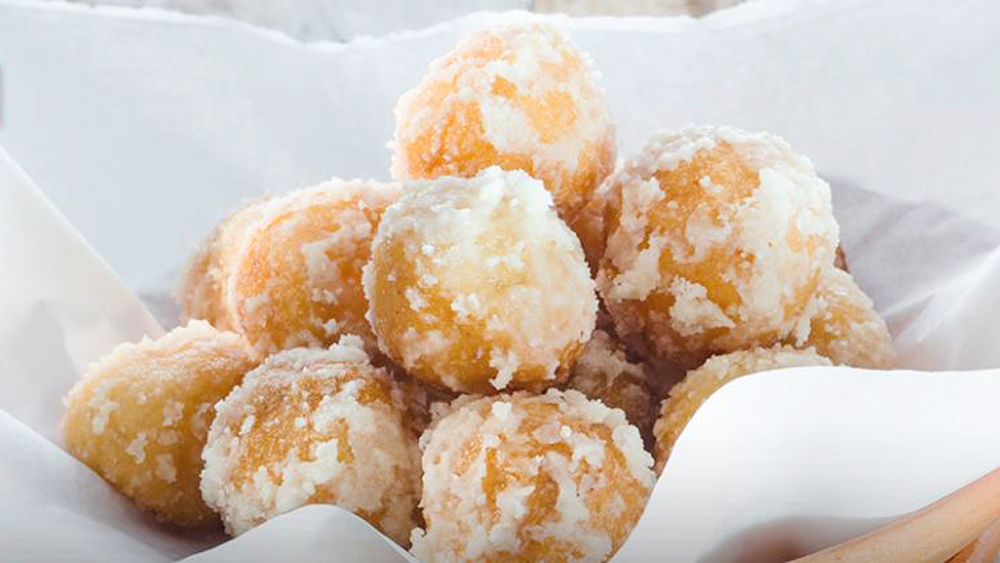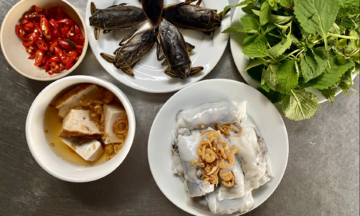Legend has it that King Rama I (1782–1809) craved roasted monitor lizard eggs with mangosteen, a dish considered a royal delicacy. However, finding the eggs proved impossible as they were out of season. Chao Chom Waen, a resourceful royal consort, devised a clever substitute. She used glutinous rice flour to create small "eggs," filled them with mung bean paste, deep-fried them until golden, and then rolled them in sugar and salt to replicate the rich, savory taste of real monitor lizard eggs.
 |
Swan egg cake. Photo: Dessert Mate |
Swan egg cake. Photo: Dessert Mate
The dish was presented alongside mangosteen and greatly pleased the king. It subsequently became a palace favorite and was renamed Khanom Khai Hong, meaning "swan egg cake." This new name made the dish more appealing while preserving its connection to royal history.
Over time, this cake has moved beyond the palace walls and can be found in numerous traditional markets and bakeries across Thailand. Locals and tourists can enjoy many variations, all sharing the characteristic sweet, salty, and crispy combination of Thai cuisine.
The swan egg cake is not just a dessert; it's a testament to the creativity of Thai culinary culture. From a simple ingredient substitution, it has become a culinary legacy, preserved and passed down through generations.
Tuan Anh (The National)












